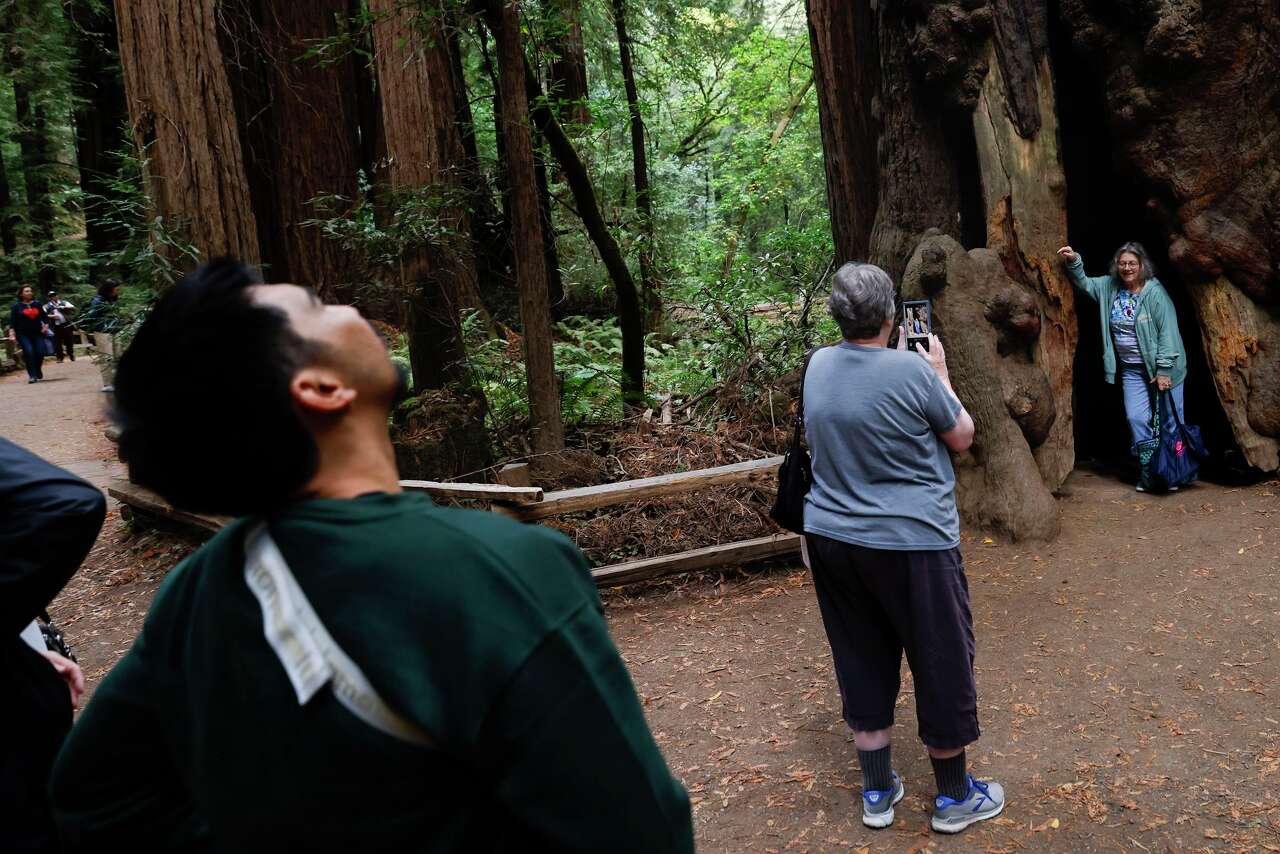
Muir Woods Reopens Amid Government Shutdown with Private Support
Amid the ongoing government shutdown, Muir Woods National Monument has taken a significant step by reopening for at least the rest of the month. This decision allows visitors to experience the ancient redwood grove, offering a rare opportunity to explore one of the most iconic natural landmarks in the United States.
Muir Woods was among the first national parks to close its gates during the shutdown, even as other popular sites like Yosemite remained accessible. However, on Thursday, a small group of park concessionaires made headlines by announcing that they had raised enough funds to keep the Marin County site open through October 31. This move highlights the growing reliance on private and nonprofit support to maintain access to public lands during periods of federal inaction.
Fayçal Bouabdallah, owner of the San Francisco-based tour company Must See, played a key role in this effort. He explained that when the government shutdown began, he knew Muir Woods would be closed for an extended period. “It’s really bad for the community,” he said, emphasizing the impact on local businesses and residents.
Bouabdallah drew inspiration from other national parks, such as Alcatraz and the Pearl Harbor National Memorial, which managed to stay open during the shutdown thanks to private donations. With the approval of the National Park Service, he reached out to other vendors operating within Muir Woods, asking them to contribute financially to keep the site open.
Despite his efforts, many businesses were hesitant to participate, fearing that the government might reopen soon. Ultimately, Must See was joined by two major concessionaires: ACE Parking Management and ExplorUS, which runs the Muir Woods Trading Co. cafe and gift shop. Smaller contributions came from San Francisco Jeep Tours and Edge of the World tours.
Park rangers will return to Muir Woods through October, but the future beyond that remains uncertain. If the government shutdown continues into November, Bouabdallah hopes to attract more vendors to support the effort. The daily cost to keep the monument open is approximately $4,600, covering basic staffing and maintenance needed to serve visitors.
For Bouabdallah, the initiative is not just about business—it's a way to give back to the community. His company has operated in Muir Woods for eight years, and he sees this as an opportunity to support the area. He encouraged locals to visit the site over the next week, noting that the usual $15 per person entry fee will be waived. Visitors will still need to pay for parking, which ranges from $9.50 to $45 depending on vehicle size.
Broader Impact of the Shutdown on National Parks
While Muir Woods has found a temporary solution, the broader implications of the government shutdown remain concerning. More than 80% of the 430 National Park Sites remain open in some capacity, though most have been reduced to minimal staffing. Yosemite, for example, has maintained a semblance of normal operations, but concerns about activities like BASE jumping and illegal camping have led former park officials to call for closures until full staffing can be restored.
The Department of the Interior highlighted the economic toll of the shutdown, stating that it disrupts not only visitor spending but also livelihoods, small businesses, and local tax revenues. “Each day the gates stay closed, gateway towns lose income, jobs, and the sense of security that comes from predictable visitation,” a spokesperson noted.
This situation underscores the deep connection between national parks and the communities surrounding them. As the shutdown continues, the reliance on private funding and volunteer efforts becomes increasingly critical for maintaining access to these treasured landscapes.
Looking Ahead
As the government shutdown drags on, the fate of many national parks remains uncertain. While Muir Woods has found a way to stay open, the long-term sustainability of such efforts is unclear. For now, visitors can enjoy the beauty of the redwoods, but the broader challenges facing the nation’s parks highlight the need for a resolution to the ongoing political stalemate.

Post a Comment